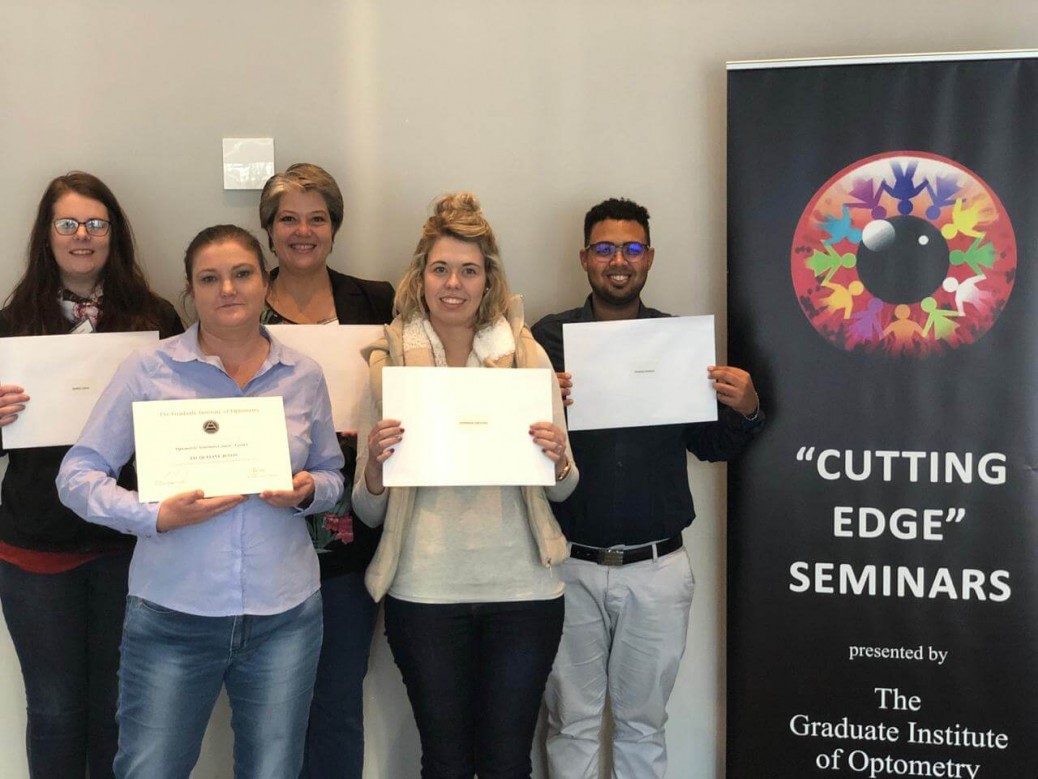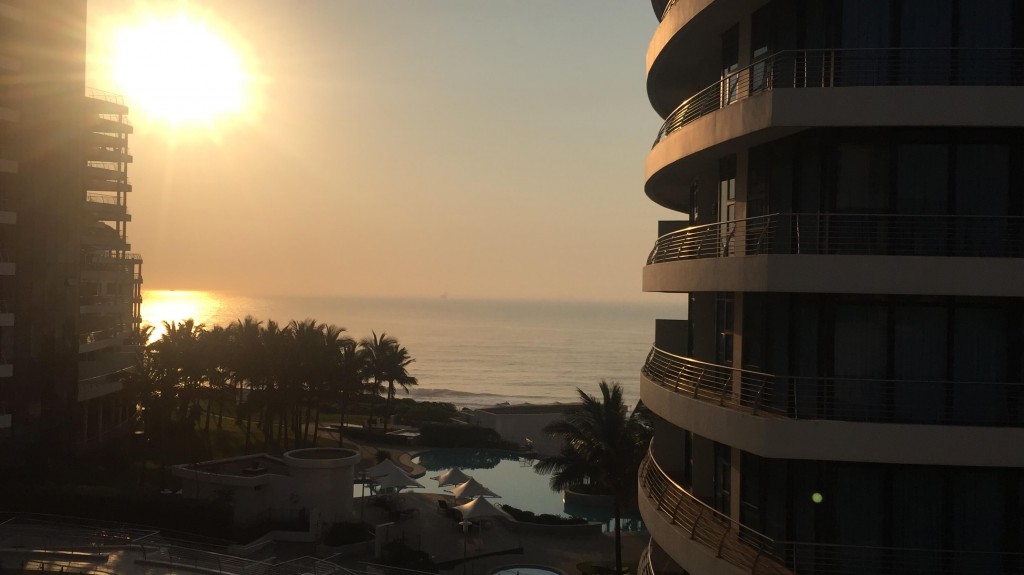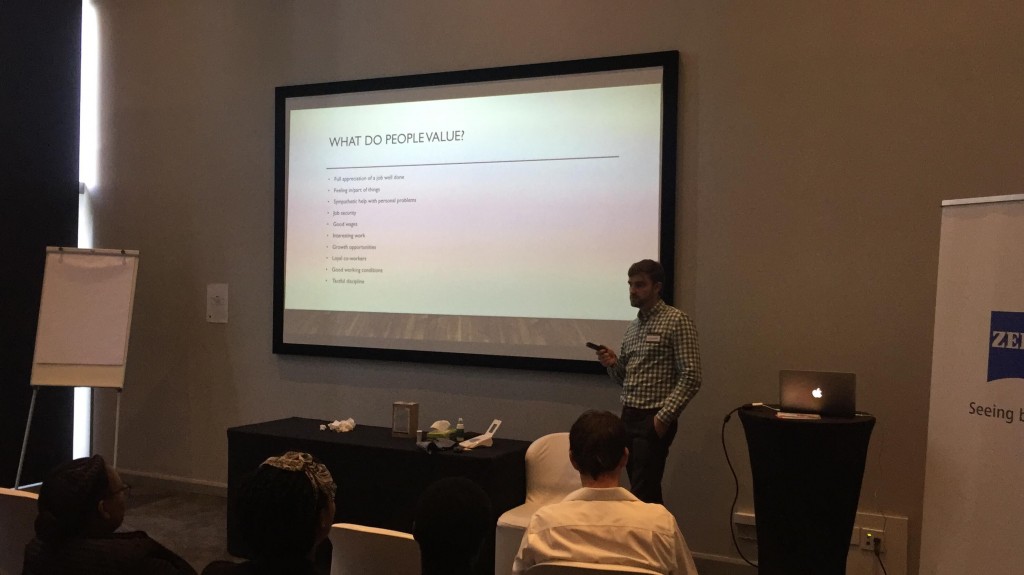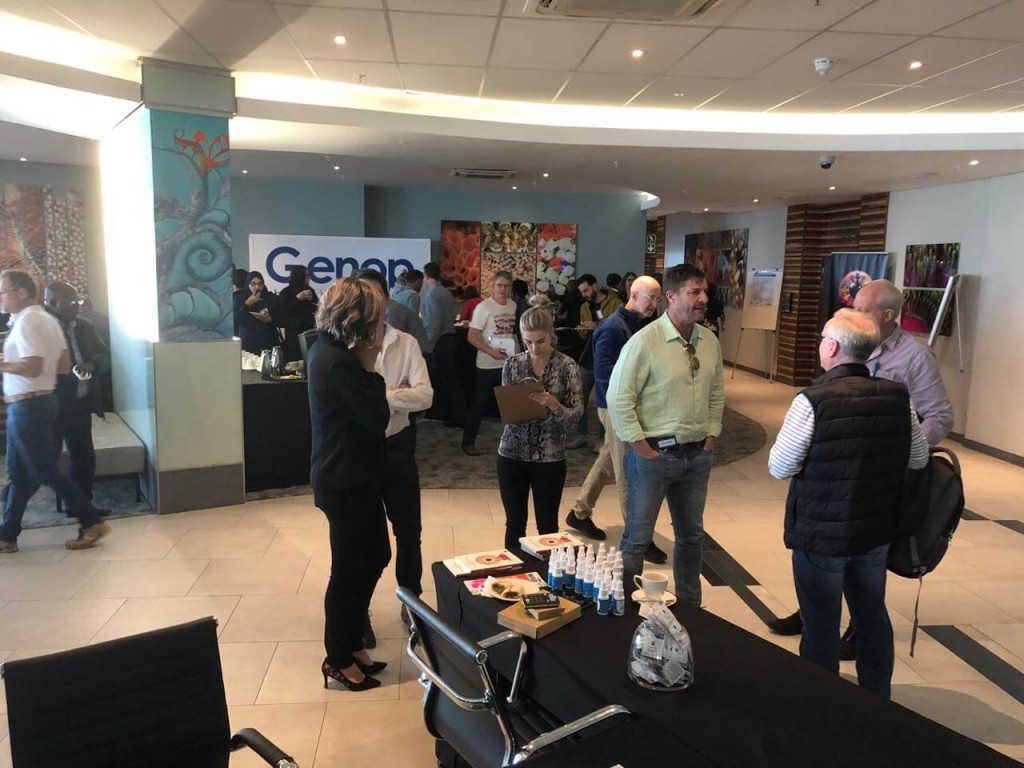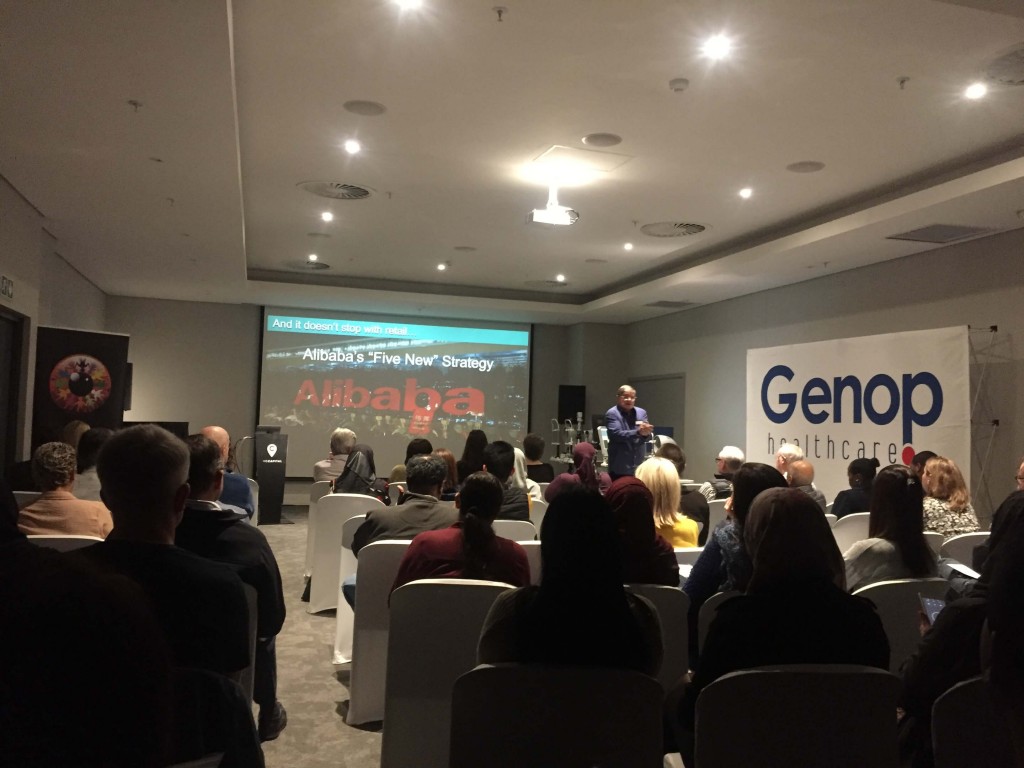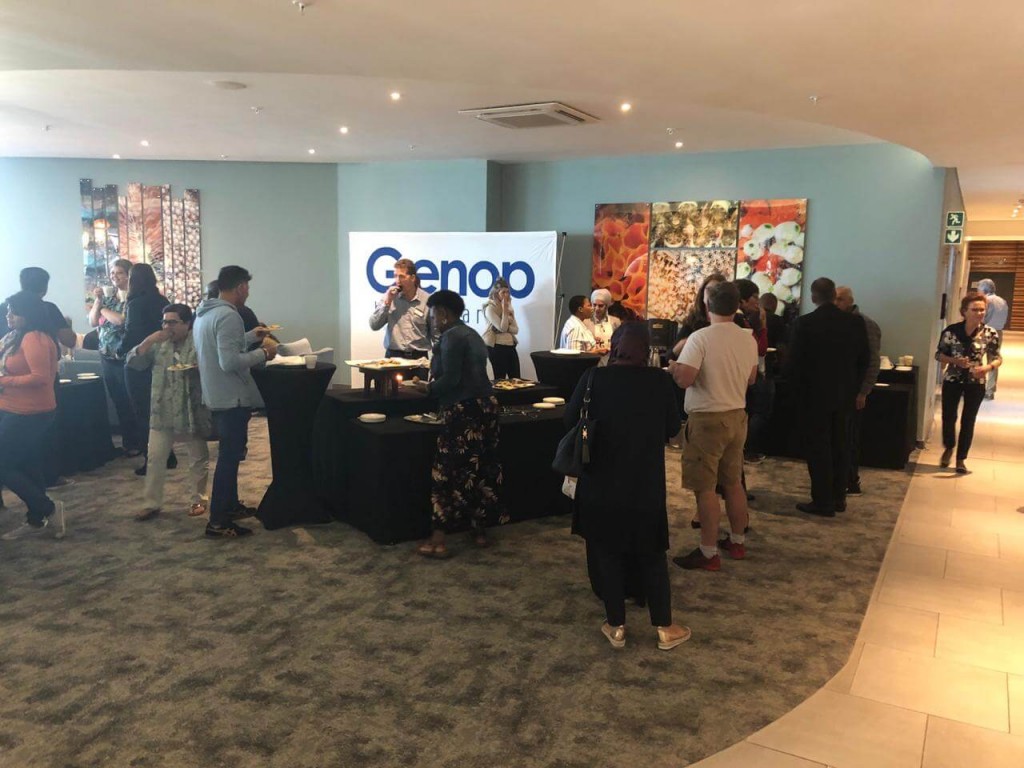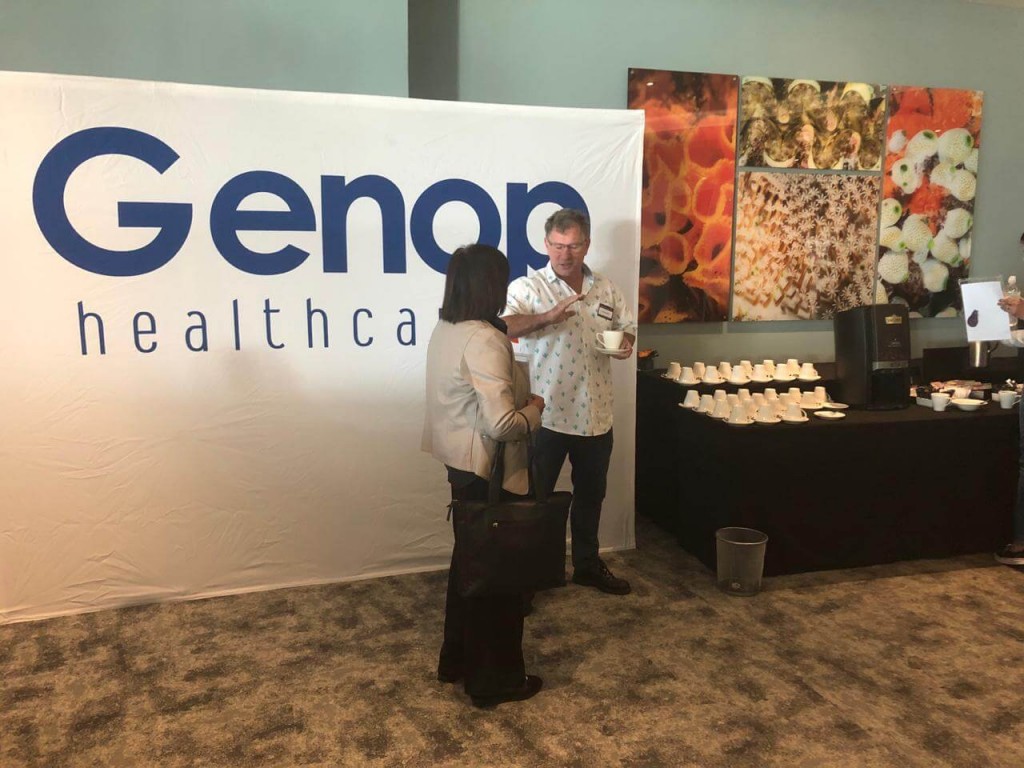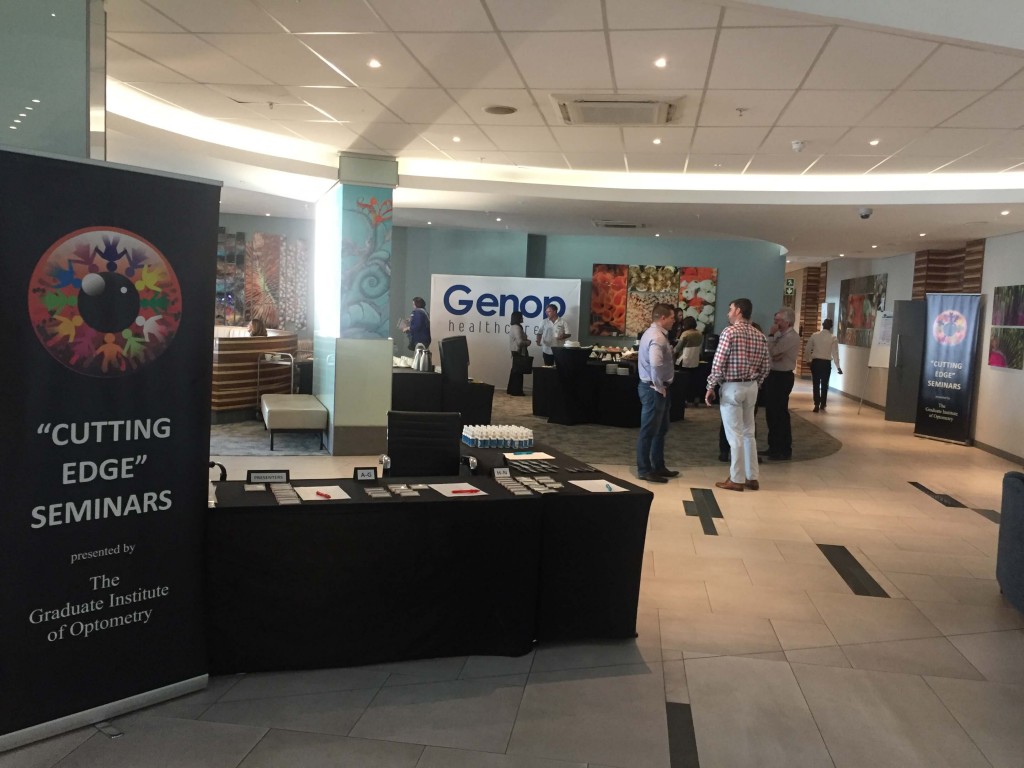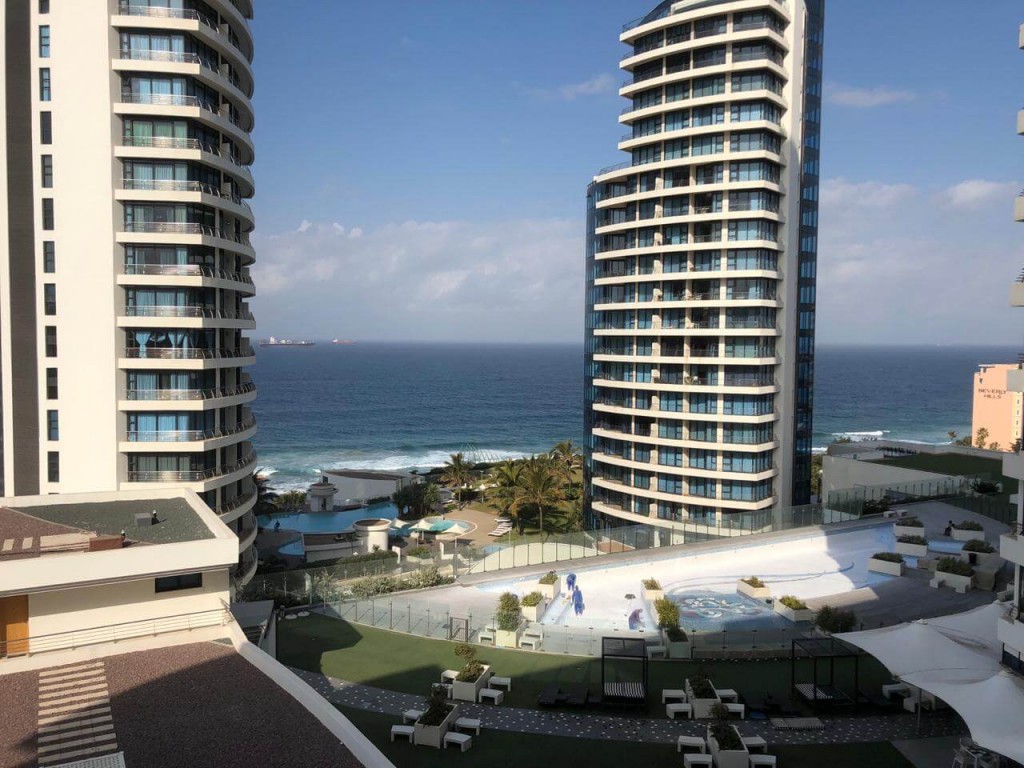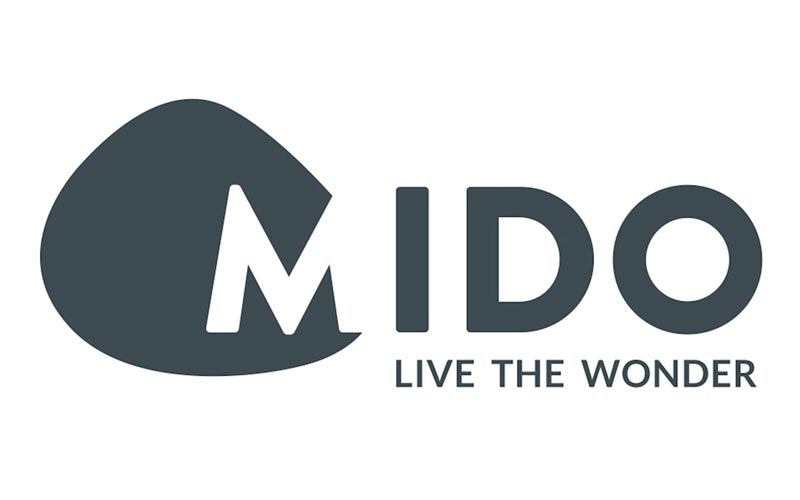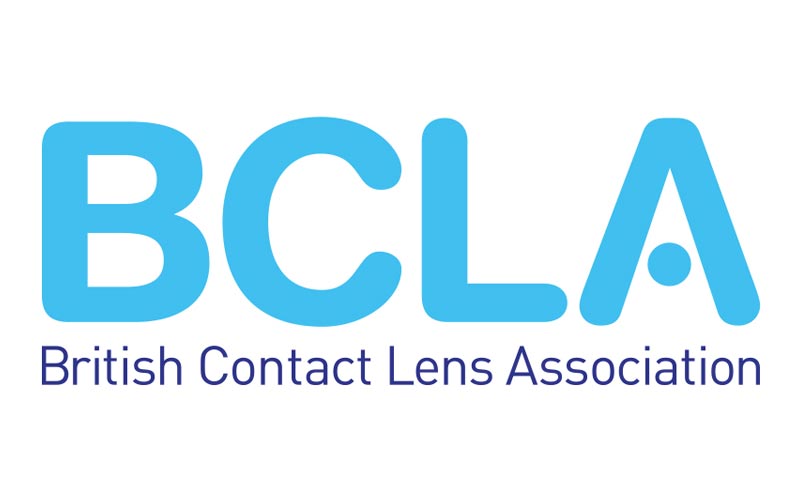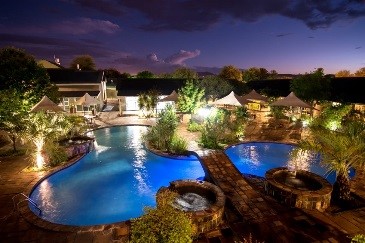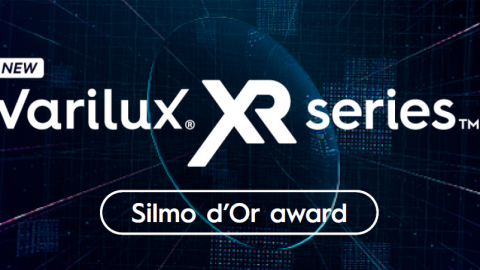The meeting kicked off with the fascinating and sobering look into the future by Neil Jacobsohn from Futureworld and how new technologies will impact our lives and workplace. The scary part is that most of the technologies are already in use and the effect will grow exponentially.
Dr Duncan Carmichael presented two papers; the theories of aging and the evidence based healthy habits we should adopt to live younger for longer and help our patients to do so.
The growth in customized scleral lenses is justified as it helps many more patients and the online help now offered by companies like Eyespace brings this modality within reach for most practitioners. Basil Kotze simplified the basic steps in scleral fitting in preparation for the afternoon hands-on workshop.
Charl Laas brought us up to date with the latest developments and misconceptions of myopia control. It remains an undisputed fact that our profession needs to be the major player in the growing demand to stem myopia growth.
Another specialty skill that will provide us with new income streams is the Dry Eye practice. The turnkey practice to get the practitioner started was presented by Marietjie Cilliers, one of the first South African practitioners to “separate” this from the comprehensive exam and treat it like we would the contact lens exam.
The following day the systematic analyses of troubleshooting scleral lens fitting was covered in detail by Charl Laas.
Dr Hamzah Mustak from Groote Schuur Hospital explained how he sees the need for Optometrists in the public sector. He elevated our role to where I personally always felt we should function. This is an opportunity not to be missed.
Dr Mustak’s second paper on ocular oncology and trans-orbital surgery techniques developed at UCT, was fascinating and to my mind, highlights the void between primary and secondary care that is begging Optometry to fill.
Dr Ed Jervis presented new evidence and some misunderstood formulations for eye supplements. The AREDS 1 & 2 was discussed in detail, who will benefit and when they will benefit. The confusing array of products must be explained to patients at risk and that is our duty. To name one example; Ocuvite Complete is not the exact AREDS formulation. Another surprise was that Omega 3 supplementation was no better than a teaspoon of Olive oil in the DREAM study. Others may argue differently but the take home is that we as professionals need to be aware of the evidence and advise patients accordingly.
Marolize Botha introduced the new Thomson’s eye tracking technology and how it benefits the paedriatic practice. To my mind, we cannot report comprehensively on the child without having performed the DEM and some eye tracking when evaluating reading skills
Preggie Naidoo explained the complexities of negotiating reimbursement with funders. What was a highlight for me is that funders do have surplus funds available for our professional fees (outside the optical benefit and the two-year cycle) but they need a form of differentiation as many perform eye tests and claim for comprehensive examinations. The funders will also need verification of what was claimed for. The latter is of course covered by the AVI initiative, but support is still slow as many practitioners are “happy” within the uncomfortable comfort zone of profiteering from materials.
The fragile business model and lack of quality assurance in education was highlighted in a presentation by Stef Kriel before we broke for the afternoon workshops.
The Optical Assistants completed their practical day which included lectures and workshops covering the online modules they completed previously and received their certificates.
The format of morning lectures followed by afternoon workshops based on the morning papers, was well received and will be the future format. Next year back to the Cape and Gauteng and Gauteng Durban the following year. For the more serious, we are planning a CPD experience in Kruger with a shorter program to allow some wildlife interaction. Ngala Lodge would be our first choice, check it out.

